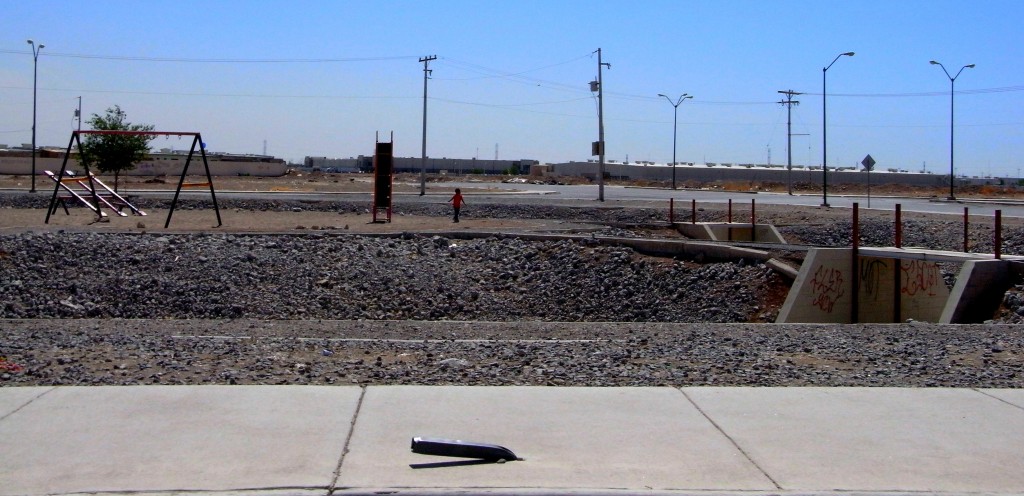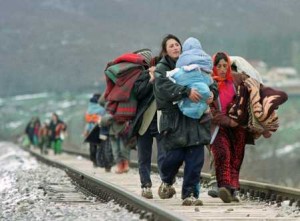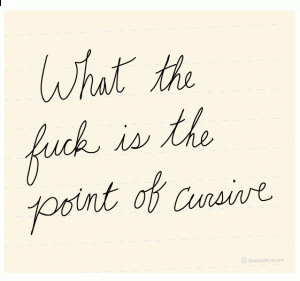
Playground Juarez
“Mexicans were aware that when they talked about children, they tended to talk about nonsense.” –Roberto Bolaño, 2666
There is plenty left to say about the trip I just finished to Juarez and the Texas borderlands (yes, I’m back home). In large part, I suppose, most of the information will come out in the pages of Tiger Beat, the magazine that sent me there to report.
A joke, of course, a joke. As the NY Times knows, Tiger Beat reports on the president, but not about the bloody drug war playing out on the border. Tiger Beat and Bop should have a Juarez correspondent, though, given the fact that vast majority of American adolescents are, by definition, current or future drug users. It might well be instructive for them all to learn about just how much blood their weed is dragged through on the way to their parents’ basement.
But I am not here to wag a finger at drug-hungry preteens. It’s the fault of both governments, as much as anyone else, that the drug war is as bloody and futile as it is. So instead I’m thinking at the moment of the children of Juarez, a city where there were 3,111 murders last year, four or five times the per capita rate of the worst U.S. cities.
There’s a photo on the wall of the Editorial Director of El Diario, the leading paper in Juarez, of a handful of kids, all younger than ten, looking at a pool of thick, clotted blood on the sidewalk. There’s no shock on their faces, just something between sadness and indifference. One can imagine that they looked like that for only a few moments after the picture was taken, and then they ran across the street to play soccer in some empty, scrubby lot.
But what is really going on behind the numbness? A UN report almost 15 years ago talked broadly about the impact of war on children:
In Sarajevo, where almost one child in four has been wounded in the conflict, UNICEF conducted a survey of 1,505 children in the summer of 1993. It found that 97 per cent of the children had experienced shelling nearby, 29 per cent felt ‘unbearable sorrow’, and 20 per cent had terrifying dreams. Some 55 per cent had been shot at by snipers, and 66 per cent had been in a situation where they thought they would die.
Another survey in 1995 in Angola found that 66 per cent of children had seen people being murdered, 91 per cent had seen dead bodies, and 67 per cent had seen people being tortured, beaten or hurt. In all, more than two thirds of children had lived through events in which they had defied death.
But there was a note about how children rebound that struck me, later in the report
In all cultures, one of the most important factors [in healing] is the cohesion of the family and community, and the degree of nurture and support that children receive.
And in this regard, the children of Juarez might have an advantage. Because Mexican children are still, even in the middle of all these crises, at the center of the community.
That focus on kids can have some unintended bad consequences. For example, Mexican law genuinely treats minors with faith and leniency–they would never sentence children to life in prison or even to death the way we do in the U.S. But one result of that leniency is that children, as young as early teens, are recruited to do the killing in some cases, because the cartels know they will likely receive light sentences. And because children are so central, they’re being used as bargaining chips. When one journalist I know was threatened in an extortion attempt, the caller didn’t say they’d kill him; they threatened to kill his children, to cut their heads off. The threat worked, in a sense. It forced him to leave town.
And yet. I took the rather crappy picture above outside a withered and sun-scarred colonia called Villa Residencial. It’s one of the bleaker corners of this bleak city, and yet, improbably, there was a playground there. And even more surprising, looking impossibly small in the distance, was the boy in the red shirt. Playing.
I’ve been looking at that picture a bit. I can’t decide if it is gutting me because it’s he’s there alone in this forsaken place next to that broiled playground equipment, dwarfed by the slide and the electricity towers and the concrete gully covered in graffiti. Or maybe it affects me because it’s so ridiculously beautiful, the idea that a kid is out there playing in the middle of all that wantonness.
You know: Juarez will get better. The level of violence is literally unsustainable (as one friend put it somewhat jokingly, “sometimes I wonder how they keep finding new people to kill”). And kids, who have been so wonderfully adaptive that they’ve learned to kill because it’s time to kill, will learn to heal and to thrive when it is time to do that. Godspeed.




